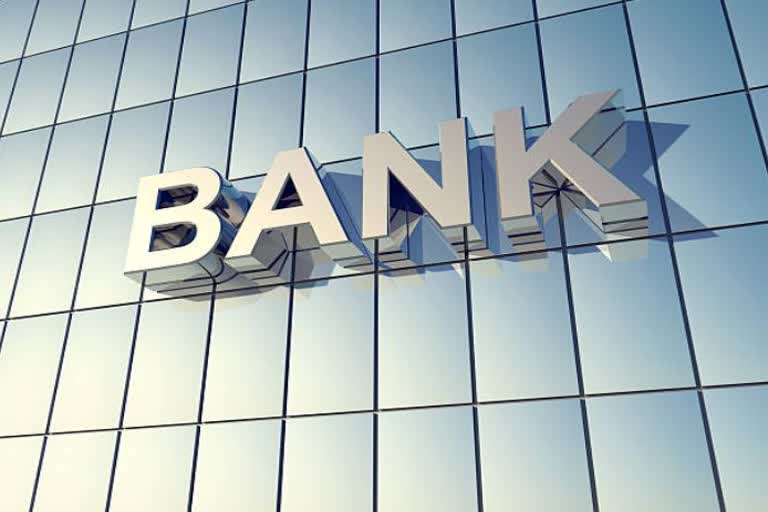Hyderabad: The Covid-19 pandemic has disrupted the Indian economy like never before, with slowdown visible across sectors and industries. This has renewed fears of fresh loans turning bad for the country’s banking sector. Indian banks already have nearly Rs 9 lakh crore of non-performing assets (NPAs) as of December 2019.
A recent report by UBS Global Research said that between 6% and 16% of the loan books of India’s top five private banks are made up of “vulnerable” companies. Former Reserve Bank of India (RBI) governor Raghuram Rajan also said on Tuesday that India’s financial sector is in deep trouble as the pandemic-induced recession will lead to unprecedented level of bad loans in six months’ time.
In anticipation of the new wave of bad loans, Indian Banks’ Association (IBA) is said to have requested the government and RBI to set up a ‘bad bank’ to reduce the impact of the losses lenders are likely to face because of NPAs.
What exactly is a bad bank?
A bad bank is essentially an entity which holds all the bad assets in the banking sector. India never had a bad bank. But globally, such banks are capitalized by the government, and other private players who invest in its equity, and are run by professional experts.
Any bank divides its assets into two categories. The risky and non-performing loans that are not being paid back, or the assets from which the lender wants to make an exit, go to the bad pile. The remaining loans are the good assets that represent the ongoing business of the bank.
The purpose of this segregation is to protect the good assets from the impact of the bad ones and strengthen the bank’s balance sheet. This not only helps protect investor interest, but also improves the lender’s ability to borrow, lend, trade and raise capital.
The bad bank buys these loans at discounted prices and then turn them around by finding buyers, who in turn reconstruct these stressed assets to make profits.
The origin of the idea
First pioneered in the US in 1988, the idea of forming a ‘bad bank’ in India was initially floated in January 2017 when the Economic Survey of India suggested setting up a Public Sector Asset Rehabilitation Agency (PARA). RBI, too, came up with a suggestion to form two entities to clean up the bad loan problems ailing public sector banks -- Private Asset Management Company (PAMC) and National Assets Management Company (NAMC).
Read more:Crackdown: Tax officials detect Rs 1,875 crore fraud by exporters
Later, in 2018, then interim finance minister Piyush Goyal revived the idea of a bad bank when he set up a committee under Punjab National bank (PNB) chairman Sunil Mehta to study the feasibility of national asset reconstruction company.
However, none of the plans have fructified so far and Indian banks continue to sell a some of their bad loans to asset reconstruction companies (ARC) as per RBI norms, though the model has not generated desired results.
What are the challenges
Experts argue that further government resources should not be wasted on loans that have already turned bad. Raghuram Rajan had earlier in his book titled ‘I do what I do’ said:
“I just saw this (creation of bad bank) as shifting loans from one government pocket (the public sector banks) to another (the bad bank) and did not see how it would improve matters. … Why not instead infuse the capital that would be given to the bad bank directly into the public sector banks?”
There has also been concerns over transparency in price discovery and recovery rates of stressed assets. Recently, president of Confederation of Indian Industry and managing director of Kotak Mahindra Bank Uday Kotak told PTI:
“If you're floating an idea of a bad bank at the system level, there are two or three important issues which need to be addressed. First, what is the transfer price on the basis of which these loans will be sold to the bad bank, because the value of that has to be decided through a fair and transparent mechanism; and second, the governance of the bad bank has to be extremely clear. Finally, recovery is the key to deciding whether to have a bad bank or not..”
(ETV Bharat Report)



